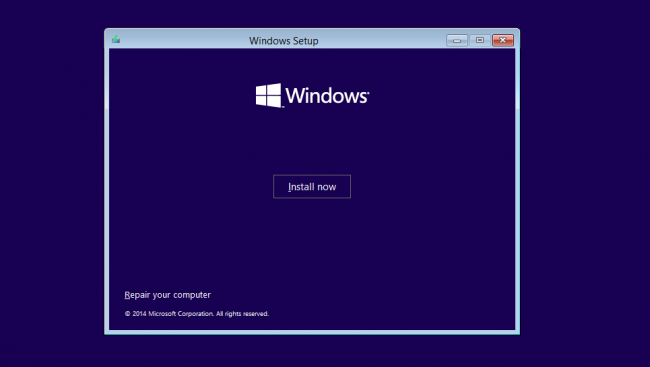
 |
Windows 11 FAQ |
Updated: 14 September 2025
1. What is Windows 11 and what does it offer?
Windows 11 is a replacement for Window 10, although 10 was supposed to end the 3-4 year cycle of upgrades by using bi-annual build updates.
Window 11 will offer the following new features:
2. What do I need to do before upgrading to Windows 11?
a) Backup your data. You can use your own backup tools (Acronis, Paragon Drive Copy) but make sure that the backup tool works in Windows 10 as well. You can also use the Laplink tool or to transfer your documents and settings to another machine. Another alternative is just to burn your documents and settings directly to CD or DVD or copy them to an external storage device such as an external hard disk, USB stick or network storage.
b) Check your Hardware configuration. Make sure that your hardware is up to date and compatible with Windows 10. Some very old hardware may need changing to allow it to work on Windows 10. If there are too many parts to change, then consider buying a new PC with Windows 11 instead.
c) Check your Software is compatible. Most recent programs will work, but you should check on the manufacturer's web site to see whether it will work on Windows 11. Any incompatible software should be uninstalled at this stage.
d) Check Hard disk space. You need plenty of free disk space to upgrade an existing Windows installation to Windows 10. If you do not have enough disk space, then consider doing a 'clean install' which means erasing your hard disk and install Windows 10 on to an empty hard disk.
3. How do I do an Upgrade to Windows 11?
a) Purchase Windows 11 or download via Settings, Update & Security, Windows Insider Programme link to upgrade from Windows 10 to Windows.
b) Boot your PC and wait for the desktop to appear, if prompted login as well.
c) Insert the Windows 11 Disc or USB drive using Media Creation Tool and allow Setup.exe to run. You can only upgrade from Windows 10. Select 'Install now' on the menu.
Please note that there is no Windows 11 32 bit version available, although you can still run 32 bit applications on Windows 11 64 bit version.

d) After the install starts follow the prompts. See these step by step instructions.
e) Once installed, you will need to activate your Windows installation. You can do this with by opening Settings, Update & Security, Activation. Open the Microsoft Store (see Start menu),
select option to purchase a license. You can do this via Microsoft Store from the start menu.
4. How do I do a clean install of Windows 11?
a) You will need to boot from the Windows 11 DVD or USB drive or reboot press F8 and click on Reset Windows.
If booting from DVD, make sure that you change the boot order in the BIOS so that the CD/DVD drive appears first in the list (how this is done differs between Bioses).
b) After the initial setup, the hard disk partition screen will appear, at this stage you should delete the existing partition(s) and create a new fresh partition to do a clean installation. This will erase all existing programs and data from the hard disk. If you choose to use the existing partitions, then it will overwrite the existing operating system files, but keep program files intact (these programs may need a reinstall after Windows is reinstalled as some settings may be lost).
c) Follow the remaining instructions on screen to complete the install.
5. How do I change to a different edition of Windows 11?
There are a few editions of Windows 11 from standard/basic, Professional, and Enterprise. You can upgrade from a lower edition to a new edition using the Windows Upgrade Assistant or just visit Windows.com. Use the wizard to select the edition you want, purchase a new product key and enable the new features of the new edition. Check out this chart to see the differences between the editions.
6. What are the main causes of upgrade failures?
An upgrade to Windows 11 (or any previous version) can fail for any number of reasons:
a) Hardware does not meet the minimum requirements for new version of Windows.
b) Old and/or non-signed drivers installed. You can very drivers signatures using DxDiag and File Signature Verification (sigverif) tools.
c) Lack of hard disk space or hard disk has errors.
d) Old security or encryption software installed.
e) Old application software. Some software older than Windows 8 or even Windows 7 may not work on Windows 10.
7. What are the hardware requirements for Windows 11?
Windows 11 is currently available for preview only for developers from the Windows Insider site.
The requirements for Windows 11 are:
8. Can I install Windows 11 on an older unsupported PC or virtual machines?
Windows 11 could be installed with some changes to your old system.
You check some of these settings using MSINFO32 tool or directly on the BIOS/UEFI firmware setup screen.